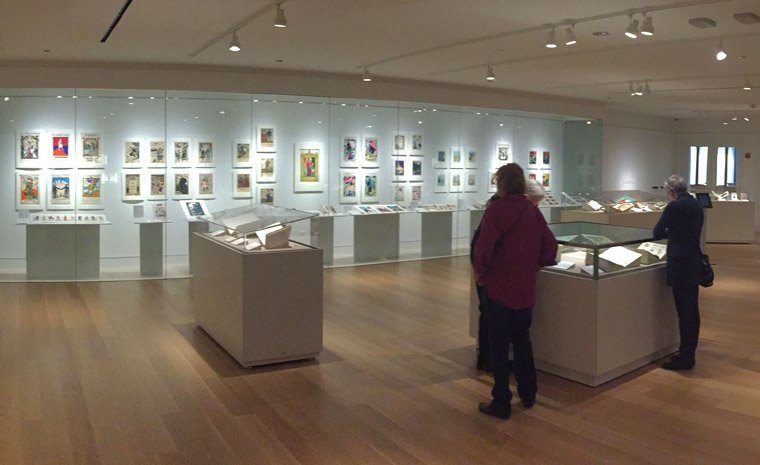Alcove Case 3

Abraham Lincoln, Washington, D.C., letter, July 2, 1848. Lincoln Collection. Miscellaneous Manuscripts.
Mary Todd Lincoln deliberately destroyed nearly all of the correspondence with her husband. Fewer than twenty letters or notes from Lincoln to his wife are known to survive, among them this letter. Written while Lincoln was serving his first and only term in the U.S. House of Representatives, it closes with jocular comments about a Congressional colleague and affectionate mentions of the couple’s two young boys, Robert Todd Lincoln (born 1843) and Edward Baker Lincoln (born 1846, died 1850).
William Wallace Lincoln, Chicago, Illinois, to Henry Remanns, [Springfield, Illinois], letter, June 1859. Lincoln Collection. Miscellaneous Manuscripts.
When he was only eight years old, Willie Lincoln accompanied his father on a business trip to Chicago in the spring of 1859. Writing home to Henry Remanns, his friend in Springfield, Willie mentions the entertainment in Chicago and describes the pitchers, towels, and beds in their room. Less than three years later, Willie Lincoln died in the White House, devastating his parents and plunging his mother into a deep depression from which she never fully recovered.
Abraham Lincoln, Lincoln Collection. Artifacts.
Abraham Lincoln, Lincoln Collection. Artifacts.
Lincoln-Herndon Law Office, Springfield, Illinois. Lincoln Collection. Artifacts.
Like many other Lincoln collectors, William E. Barton was drawn to objects that Lincoln once owned or that were associated with his life and career. The walking stick bears Lincoln’s initials on its brass head, although there is no way to confirm that he ever used it. The gavel carved from the floor of his office represents a type of historical memento very popular in 19th-century America. The wool shawl, also attributed to Lincoln, was found by William E. Barton’s descendants in his New England summer house and presented to the Library for addition to the Lincoln collection.
Currier & Ives, lithograph, [1860]. Lincoln Collection. Currier & Ives Lithographs
Cartoons and caricatures were an effective way to convey personalities and issues to the 19th-century voting public. This famous Currier & Ives image shows Lincoln contemplating two of his opponents in the 1860 presidential election, Senator Stephen A. Douglas of the Northern Democratic party and Senator John C. Breckinridge of the Southern Democratic party. Not pictured is the fourth presidential contender in that year’s election, John Bell of the Constitutional Union party.
Lincoln House, Springfield, Illinois. Lincoln Collection. Artifacts.
The handwritten label attached to this object from the William E. Barton collection reads: “This wood was taken from the floor of Mr. Lincoln’s Bed Room by William Helmle wood carver who was a personal Friend of Mr. Lincoln’s. The House was Erected in 1839 and repaired by the State in 1899. Alvah Carup, Son-in-Law of Mr. Helmle.”





